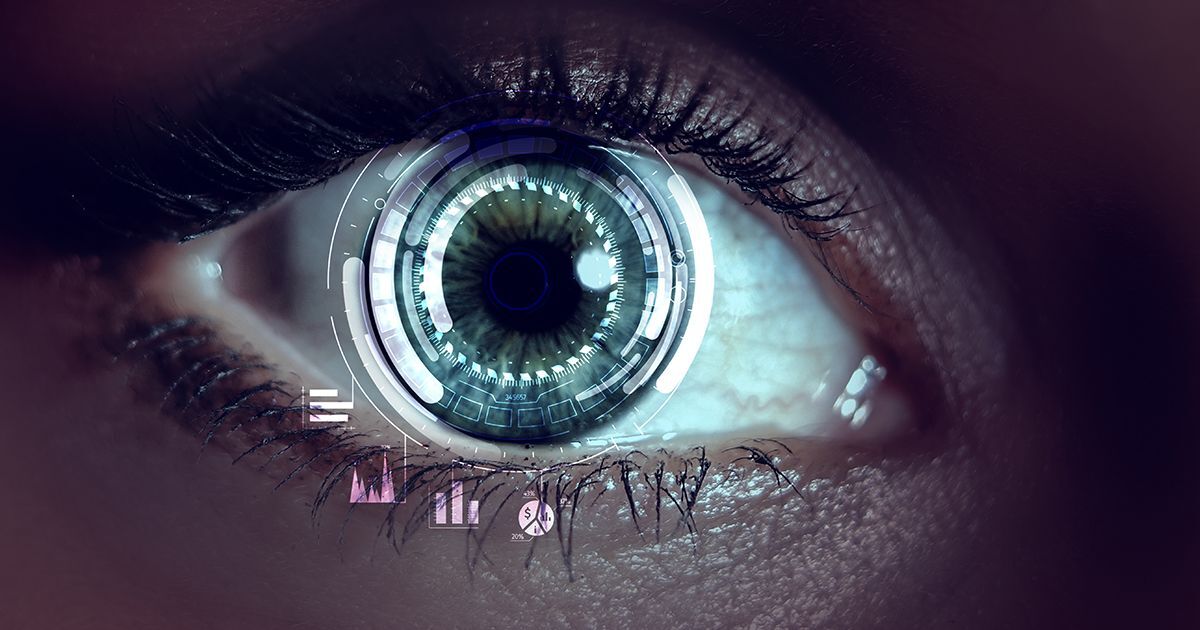
Dubai, UAE — XPANCEO, a Dubai-based deep tech startup, has unveiled a prototype of its smart contact lens that aims to merge digital information directly with the human eye. Billed as “invisible and weightless” and as natural to wear as ordinary contacts, the lens is poised to bring augmented reality (AR) displays and health monitoring into everyday vision.
The prototype integrates a microscopic microdisplay smaller than a grain of sand, embedded within a soft contact lens. This tiny projector – under 0.5 millimeters – can beam digital visuals into the wearer’s field of view. Early demos show simple icons and text appearing to float in front of the user’s eyes, opening the door to “infinite” virtual screens.
Another breakthrough is the lens’s wireless power system. Rather than rely on a tiny battery, the contact lens is powered remotely by a pocket-sized charger. Deniss Klopotovkis, XPANCEO’s Head of Engineering, notes they achieved fully remote power transfer with no battery needed in the eye, and XPANCEO says the radiation is comparable to Bluetooth earbuds, allowing the lens to run its onboard chip and sensors continuously. In lab tests, the wireless power system maintained a stable connection up to 1.2 meters away, twice the range of earlier solutions, thanks to a custom-designed antenna.
Beyond AR visuals, XPANCEO is also building health features into the lens. The lens will also monitor health metrics: an embedded intraocular pressure (IOP) sensor continuously measures eye pressure – a key metric for glaucoma – potentially alerting the wearer to early signs of the disease.
Klopotovkis emphasizes that integrating so many technologies was a team effort. The engineering group had to coordinate experts in optics, electronics, and materials science to make the lens both functional and comfortable. Key challenges included ensuring the microdisplay’s image stays focused at such close range and that materials are biocompatible for all-day wear. “Our goal is a lens that feels like an extension of your body, not a gadget,” says Klopotovkis. Under Klopotovkis’s technical leadership, XPANCEO compressed what is typically five years of prototyping into just 18 months, fast-tracking this innovation.
The XPANCEO smart lens is still in the prototype phase, but it marks an ambitious step toward “invisible computing”. By blending a digital display and sensors into a contact lens, the company envisions a future where information is accessible with a glance, and health metrics are monitored in real-time — all without anyone knowing you’re wearing cutting-edge tech. As the race to build the first consumer smart contact lens heats up, XPANCEO’s debut suggests a new contender pushing the boundaries of how we might see the world in the near future.







